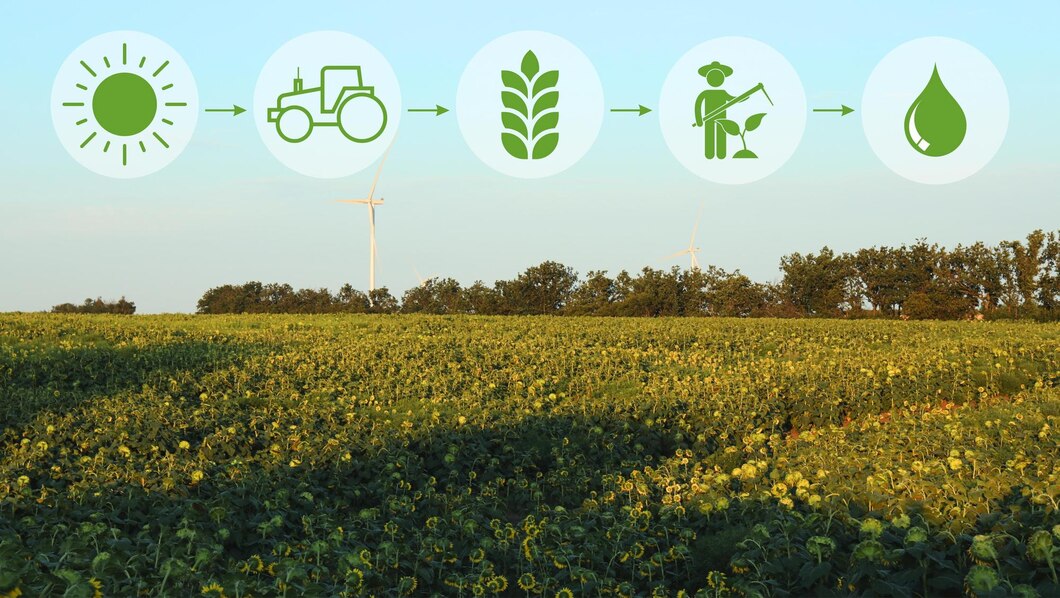The environmental impact of sugar production has become a growing concern as consumers and businesses seek to make more sustainable choices. From land use and water consumption to greenhouse gas emissions and biodiversity loss, the production of sugar can have significant environmental consequences. In this blog post, we will explore and compare the environmental impact of different sugar sources, including cane sugar, beet sugar, and alternative sweeteners. By understanding these impacts, we can make more informed decisions about the sugar products we consume and support sustainable practices in the sugar industry.
Sugar Production Footprint
The environmental footprint of sugar production varies depending on the type of sugar and the methods used in cultivation and processing. Traditional sugar cane cultivation, for example, often involves deforestation, soil erosion, and chemical-intensive farming practices, leading to habitat destruction and loss of biodiversity. Similarly, sugar beet cultivation requires large amounts of water and agrochemicals, contributing to water pollution and soil degradation. Moreover, the energy-intensive processes involved in sugar extraction and refining further exacerbate the environmental impact of sugar production.
Comparison of Sugar Types
When comparing the environmental impact of different sugar sources, it’s essential to consider factors such as land use, water consumption, energy use, and greenhouse gas emissions. Studies have shown that while sugar cane production tends to have a higher yield per hectare compared to sugar beet, it often requires more land and water resources. Alternative sweeteners, such as stevia and monk fruit, offer potential benefits in terms of lower environmental impact. These natural sweeteners require less water and land for cultivation and generally have lower greenhouse gas emissions compared to conventional sugar sources.
Mitigation Strategies
To mitigate the environmental impact of sugar production, farmers and producers can adopt sustainable farming practices and innovative technologies. These strategies include organic farming methods, crop rotation, precision agriculture, and renewable energy integration. Additionally, reducing food waste and promoting circular economy principles can help minimize the environmental footprint of sugar consumption. By optimizing production processes, improving supply chain efficiency, and investing in waste reduction initiatives, businesses can reduce their overall environmental impact and enhance sustainability. For real-world examples of successful sustainable sugar initiatives, check out our blog post on case studies: successful sustainable sugar initiatives.
Global Standards
Recognizing the need for more sustainable sugar production practices, international organizations and industry stakeholders have developed global standards and certification schemes to promote environmental stewardship and social responsibility in the sugar industry. These standards, such as Fairtrade, Rainforest Alliance, and Bonsucro, set criteria for sustainable farming practices, environmental conservation, and fair labor conditions. By adhering to these standards and obtaining certification, sugar producers can demonstrate their commitment to sustainability and gain access to premium markets and consumers who value ethical and environmentally friendly products.
Impact on Yield
The adoption of technological advancements in sustainable sugar production has a significant impact on yield and productivity. Precision agriculture technologies and innovative farming equipment enable farmers to optimize planting density, crop health, and harvesting efficiency, resulting in higher yields per acre. Water conservation methods and efficient irrigation systems ensure that sugar crops receive the optimal amount of water, promoting healthy growth and maximizing yield potential. Similarly, energy-efficient production techniques help minimize downtime and optimize throughput in sugar mills and refineries, increasing overall production capacity and output.
Policy Implications
Government policies and regulations also play a crucial role in shaping the environmental impact of sugar production. Subsidies and incentives for sustainable agriculture, renewable energy, and conservation practices can encourage farmers and producers to adopt more environmentally friendly practices. Moreover, regulations on land use, water management, and agrochemical use can help mitigate the negative environmental effects of sugar cultivation and processing. By implementing policies that prioritize environmental sustainability and support sustainable sugar production, policymakers can drive positive change in the industry and protect natural resources for future generations. To learn more about the economic benefits of adopting sustainable sugar practices, read our blog post on economic benefits of adopting sustainable sugar practices.
Conclusion
In conclusion, the environmental impact of sugar production varies depending on factors such as the type of sugar, cultivation practices, and processing methods. By comparing the environmental footprint of different sugar sources and adopting mitigation strategies, we can work towards a more sustainable and environmentally friendly sugar industry. Global standards, certification schemes, and government policies play a crucial role in promoting sustainability and driving positive change in the sugar industry. By supporting sustainable sugar practices and choosing products that adhere to environmental standards, consumers and businesses can contribute to a more sustainable future for our planet.

